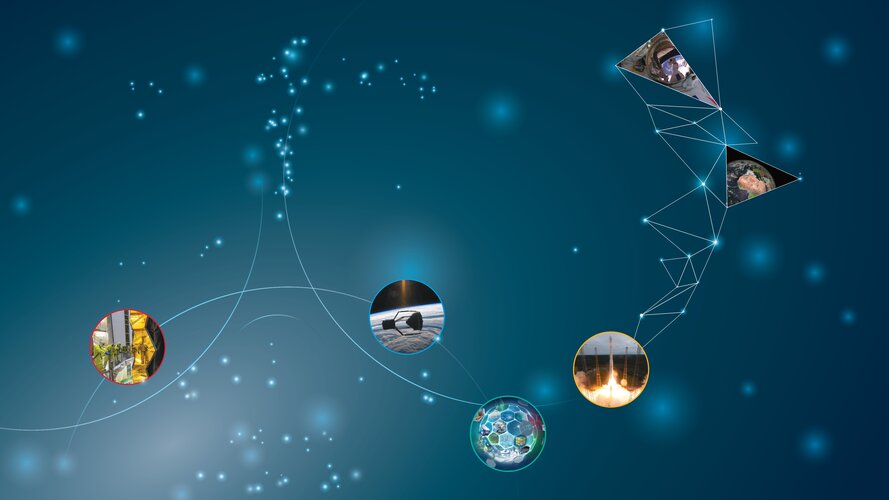About the companies
Earth observation
Zaitra s.r.o., Czech Republic
Zaitra makes space-grade EO sensors smarter. They create Onboard Data Processing and flight software for space-grade instruments and space missions. Their customers are Mission Integrators, Operators, and Payloads Developers. Their solutions are powered with artificial intelligence and machine learning (AI/ML). The company has space heritage from ongoing ESA projects. Zaitra’s advantage is based on the great flexibility of deployment for the various commercially available off-the-shelf hardware platforms.
SpaceSense, France
SpaceSense is a platform that helps non-expert data scientists and geospatial engineers to build satellite imagery and AI solutions faster, simply, and at scale. It hides the complexity linked to satellite imagery behind easy-to-use functions and makes the technology accessible to Agriculture, Environment and Infrastructure industries.
TITAN4, Italy
TITAN4 offers the full implementation of satellite data processing, using the Interferometric Synthetic Aperture Radar (InSAR) model, to prevent damage to structures and infrastructures through the prompt identification of natural or induced displacement phenomena or monitoring long-term evolution.
NHAZCA, Italy
Services in the framework of the analysis, management and mitigation of geological risks and risks related with the construction and operation of major infrastructure or building operations.
Super-Sharp Space Systems Ltd, UK
Super-Sharp Space Systems’ technology allows them to fit a large telescope in small satellites, making low-cost, high-resolution, and frequent Earth-imaging possible. This makes powerful thermal infrared telescopes much more affordable while achieving 4x greater resolution per unit cost compared to the current state-of-the-art solutions.
Space transportation
Coactum, Switzerland
Moving around in space made simple. Coactum will operate the first metro of space by providing fast in-space transportation services organised as circuits. By using our in-house developed high-thrust propulsion system and orbital transfer vehicle, small satellites and payloads will be able to access orbits that are currently not accessible.
Celestial Space Technologies GmbH, Germany
Expert in delivering tailored RF systems for satellites. Satellite antennas, customised to customers mission requirements, or with low lead time, based on modified available designs. Development focus on highly integrated and efficient systems. Increasing link budget, available power, improving satellite lifetime, optimising volume utilisation.
The Exploration Company, Germany
The Exploration Company industrialises space exploration logistics, making it affordable, available, and sustainable. Our orbital spacecraft, Nyx, is modular, reusable, and can be refuelled in orbit. Nyx, developed with private funding, can serve the logistic needs of space stations around Earth and the Moon and at the lunar surface. It uses green propellants; and our operating system is open source to facilitate interoperability between space exploration logistics players. We will start with flying cargo, paving the way to fly humans.
MIPRONS, Italy
Miprons srl intends to proceed with the economic-commercial exploitation of a patent called ‘Space Propulsion System’ to realise innovative micro-propulsion, which is high thrust and installable on: a) satellites and/or related carriers b) extra-atmospheric drones c) the latest stages of launchers. Miprons aims to adapt an innovative combustion chamber, obtained from terrestrial energy applications (automotive, exoskeleton, shipping) and electrolysis systems to space requirements (upstream), to obtain a micro thruster with tiny dimension, offering high performance and scalability.
Magdrive, UK
Magdrive is developing highly efficient electric plasma thrusters for satellites and spacecraft, with over twenty times the thrust of existing electric thrusters. The combination of high thrust and high efficiency at low mass will enable the increasing number of avoidance manoeuvres in LEO and enable deorbiting without affecting a satellite's lifetime. This will also enable entirely new business models in orbital servicing, orbital manufacturing, and large-scale constellation management based on new capabilities in agility and manoeuvrability.
Discover the full programme of events at ESA’s pavilion.



